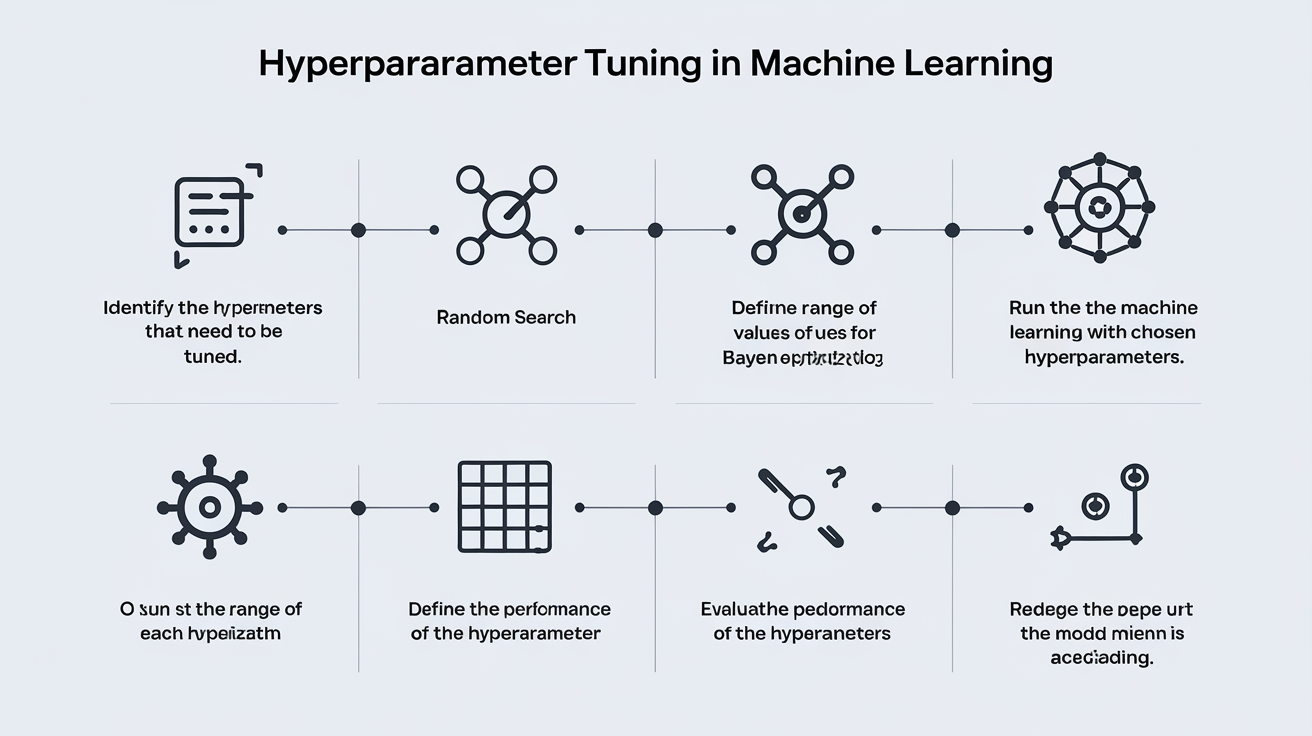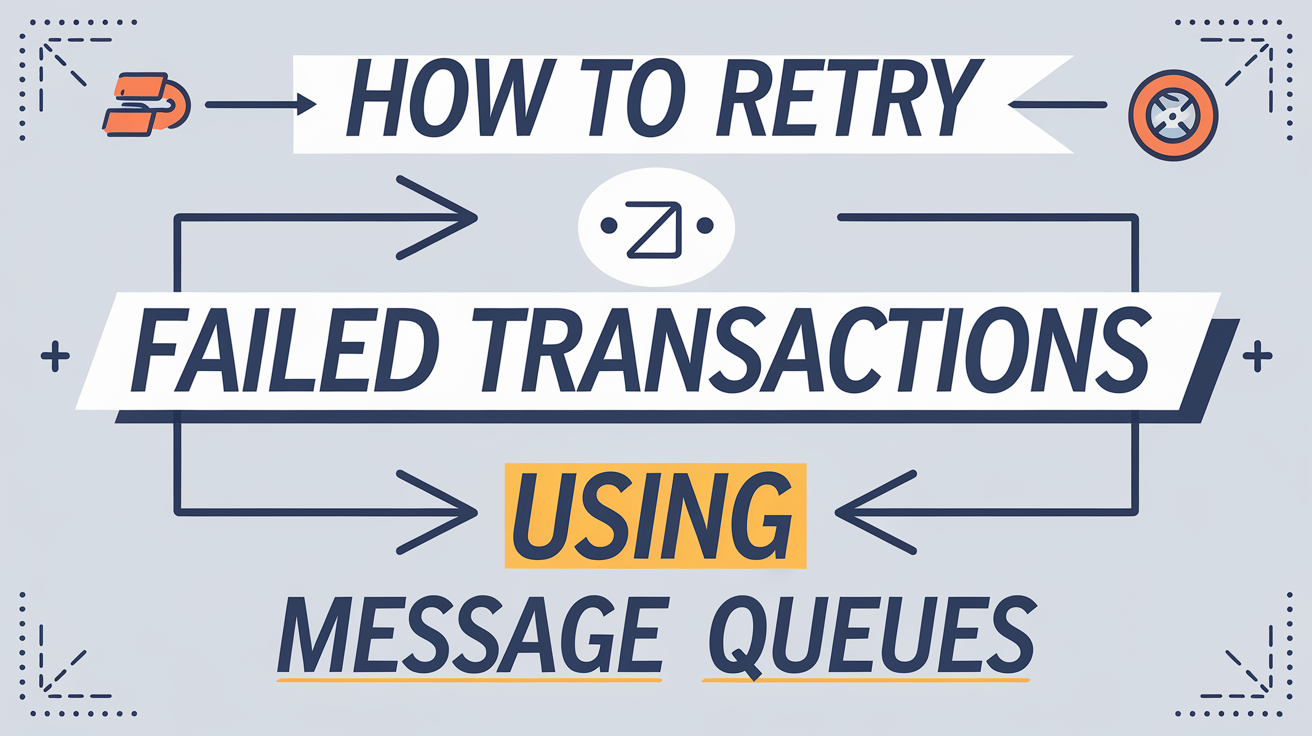Chingari Layoffs: What Led to the Downsizing of the Leading Indian Social Media Platform
The Indian social media industry has witnessed another round of layoffs, and this time it’s Chingari, the home-grown short video platform. Chingari, which has been touted as India’s answer to TikTok, has reportedly laid off over 50 employees in Bengaluru, its headquarter location, citing operational cost optimization. The move has created ripples in the Indian tech ecosystem, leaving many to wonder about the reasons for the downsizing event.
In this blog, we will delve deeper into the events that led to Chingari’s layoffs, its background, funding, performance, and the impact of these layoffs on the company and its employees.
Introduction- Chingari
Chingari, founded by Biswatma Nayak and Siddharth Gautam in November 2018, is a short-video platform that enables users to create, browse, and share interesting videos in various languages. The app garnered immense popularity after China’s TikTok exit from the Indian market, with users flocking to the app’s similar functionalities. As of May 2021, Chingari had more than 5.2 million downloads on Google Playstore.
Company History and Performance
Chingari was launched as a platform to provide indigenous content for Indian users. The founders, Nayak and Gautam, ex-employees of YouNow and Ezetap, aimed at creating a global social media platform that caters to India’s diverse linguistic and cultural landscape while competing with other international platforms.
The app has witnessed a meteoric rise with over 30 million active users, making it one of the sought after social media platforms in India. The platform has various features including lip-syncing, music videos, comedy videos, viral trends, dance videos, and more, allowing influencers to showcase their talent and reach out to followers from varied backgrounds.
Funding and Investors
Chingari, which initially started as a bootstrapped company, managed to raise $1.3 million from investors, BharatPe, AngelList, Utsav Somani’s iSeed, Village Global, and others in July 2020, marking its first funding round. The company raised $13m in its Series A funding round in February 2021, with participation from LogX Ventures, Republic Labs, and Astarc Ventures.
The Reason behind the Chingari Layoffs
The pandemic-induced lockdown in 2020 saw a surge in the platform’s popularity and more users flocked to the app. However, the growth in the number of users also increased operational costs for Chingari. Moreover, the government’s imposition of Section 230 of the Communications Decency Act (CDA) was a significant setback for social media platforms. The regulation prohibited the publication of any untrue, misleading, or fake news.
While the platform witnessed immense popularity, it wasn’t making any significant revenue from its users. Although the platform planned to introduce monetizing schemes for its influencers, the investments required were substantial. Hence, to become profitable, the company planned to lay off a significant portion of its workforce.
Impact of the Layoff Event
The layoff event has created ripples in the Indian startup ecosystem. Many people believe that Chingari’s downfall could be a consequence of its failure to monetize its user base and the lack of a sustainable business model. The event has also created anxiety among its employees, who now face uncertainty about their future jobs and careers.
However, in the wake of the layoffs, the company spokesperson has retained that the downsizing was a strategic move, aimed at optimizing operational costs. According to him, the laid-off employees were offered two months’ salary as compensation, and the company will provide assistance in job placement.
Conclusion
The downsizing of Chingari has raised questions on the sustainability of social media platforms with no viable revenue model. The pandemic-induced slump had initially led to a surge in popularity for the platform. However, the lack of revenue-generating models forced the company to take a strategic step, triggering an event that is creating far-reaching consequences for the Indian social media ecosystem.
While it is too early to predict the company’s future, the Chingari layoffs could lead to a culture of monetizing social media platforms, aiding their growth in the long run. The event further highlights how startups need to focus on revenue-generating schemes and ensure their viability before scaling-up operations.

























